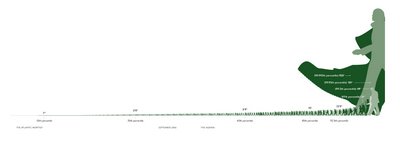
Camilla P. sent us this international sampler of Coke Zero ads. She says all of them that she found use the whole “zero” is manlier than “diet” strategy (see the first two below), except the one in Australia which links a sip of Coke Zero with orgasm (see the third video).
From Britain:
From Brazil (we’d love someone to translate, although we think we get the gist):
From Australia:
If you liked that, see this remarkable Orangina commercial.

